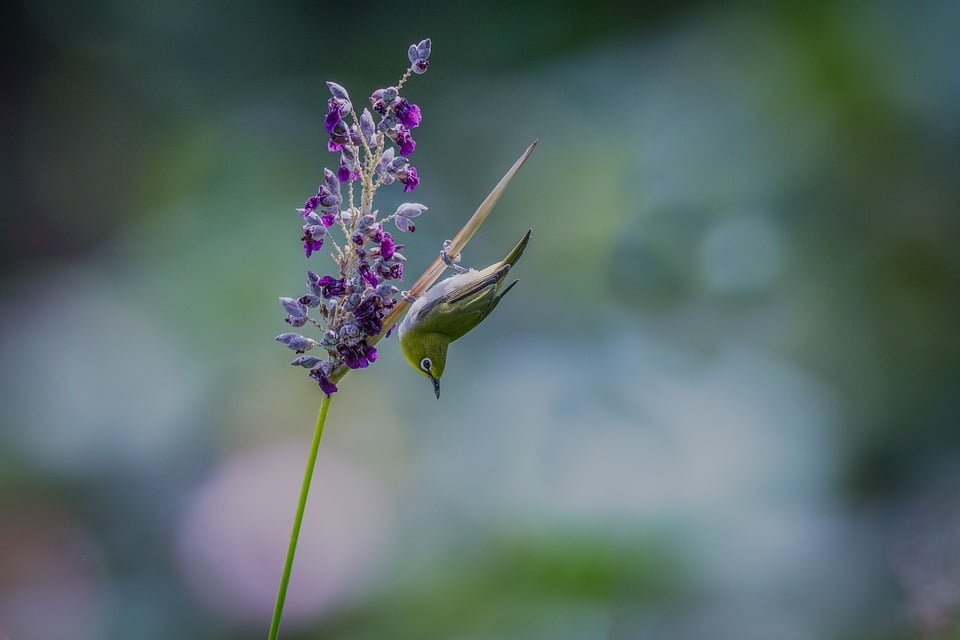The Mayan Cichlid, Mayaheros urophthalmus, is a non-native fish species that was introduced to South Florida in the early 1980s. Originally native to the Caribbean side of Mexico and Central America, this fish has adapted to survive in a variety of environments, including brackish estuaries, mangrove swamps, river deltas, freshwater lakes, and even near-shore marine areas. They are known for their vibrant greenish color with intense red markings, black stripes on the back, and a distinctive brown and turquoise eye spot near the tail.
With at least 1600 known species, the Cichlidae family is one of the most numerous vertebrate families on the planet. The Mayan Cichlid is a distant relative of the Tilapia fish and was recently moved into its own genus, Mayaheros, along with the Green Guapote cichlid. There are several subspecies of the Mayan Cichlid, with some experts debating whether they should be classified as separate species.
Despite being an attractive fish, the Mayan Cichlid is not commonly found in the pet trade due to its size, lifespan, and aggressive nature towards tankmates. They are primarily carnivorous, feeding on small minnows, worms, snails, and even invasive species like Apple Snails in Florida. While they are considered good eating by humans and have been aquaculture-farmed in Mexico, some countries have banned their import due to their invasive nature.
The Mayan Cichlid first appeared in coastal areas of the Everglades near Miami in 1983 and has since spread as far north as Lake Okeechobee and Port St. Lucie. Although they are occasionally seen in the Tampa Bay area, they are not common there. While they are known to compete with native species for food resources, the impact of their presence has not been conclusively proven with peer-reviewed data. However, the State of Florida encourages people to catch and kill as many Mayan Cichlids as possible to prevent further spread.
In conclusion, the Mayan Cichlid is a fascinating fish species that has made its way to Florida and is slowly expanding its range. While they are not officially listed as invasive yet, their aggressive nature and potential impact on native species make them a concern for conservationists. By understanding more about this species and taking action to control their population, we can help protect Florida’s unique ecosystem.





